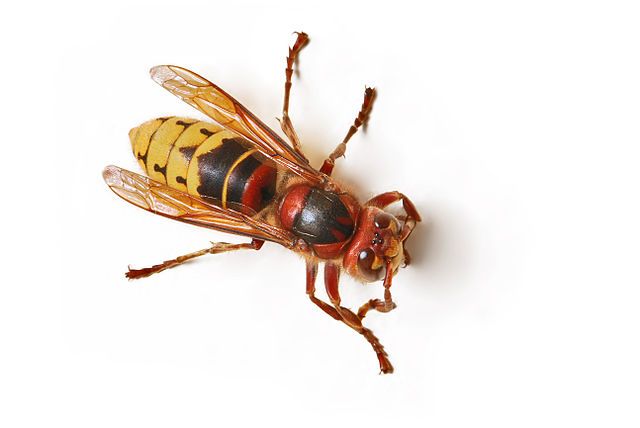Kæmpehvepsen. Giant hornets. The European hornet (Vespa Crabro). They can be four centimetres long and ugly. They show up in the woods around August and September. They are becoming more and more widespread, and although the dangerous stinging cousin of the common wasp is becoming more widespread, some naturalist say that could be a good thing.
Ranger Søren Risborg said that climate change is driving giant wasps, a vicious predator, into Danish latitudes. Their painful stings make them a danger to anyone that disturbs the normally peaceful wasp, but as natural carnivores, they also consume the aphids and caterpillars that damage crops.
“The giant wasp is peaceful, but if someone destroys a nest, for example and they attack en masse, it can be very dangerous,” Risborg told DR Nyheder.
Painful stings
The stings hurt more and contain more venom than normal wasp stings. Anyone stung by a giant wasp should seek medical attention, especially anyone with an allergy.
Giant wasps build their nests in hollow logs in the forest but can also settle in holes in the thatched roof or an abandoned bird boxes. Giant wasps are not attracted to fruit or other sweet items like the common wasp.















